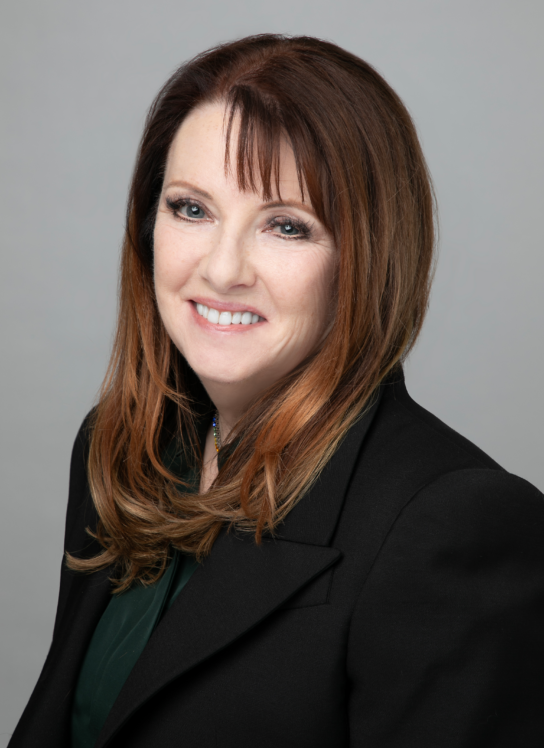To Err Is Human: Building a Safer Health System sent shockwaves through the health care community when it was released in 1999, estimating that 98,000 people were dying in U.S. hospitals every year due to preventable medical harm. In the years since, the way hospitals and health systems approach safety and quality work has changed radically.
What stands out to me is the cultural shift around safety and quality that took place after To Err is Human was released. It pushed the health care community to recognize that hospitals and health systems are responsible for reframing how we address preventable medical errors. We now know that patient safety issues can’t be answered by one solution or program – rather, safety and quality awareness need to be built into every aspect of care, from the ground up and the top down. The health care industry has developed a variety of tools to understand, report and prevent safety errors, from barcoded medical administration to root cause analyses to the CDC’s National Healthcare Safety Network.
For WSHA, formal safety and quality work started in 2005. Since then, we have worked with Washington hospitals to improve patient care on a variety of fronts, including reducing sepsis-related mortality, increasing the number of advance care plans, reducing severe maternal morbidity and mortality, decreasing early elective deliveries and partnering with Oregon and Alaska to spread safety and quality programming. Washington hospitals truly live the values of not competing on safety and quality and that we are all better when we work together.
The purpose of WSHA’s Safety & Quality department is to bring Washington hospitals together to share best practices and address safety issues like these. It is our hope that the services and resources we offer can assist our members in continuing to improve health care delivery for everyone.
Safety and quality work has undeniably progressed since the release of To Err Is Human, but we still have a long way to go. For our team, that means continuing the conversation and emphasizing patient safety in all areas of health care. Moving into the future, we are especially focused on working with members to lead a culture of safety and drive health equity and patient and family engagement.
It is essential that we challenge each other to expand care improvement. If you would like to become involved in WSHA’s safety and quality work, I encourage you to visit our website or reach out to me.


